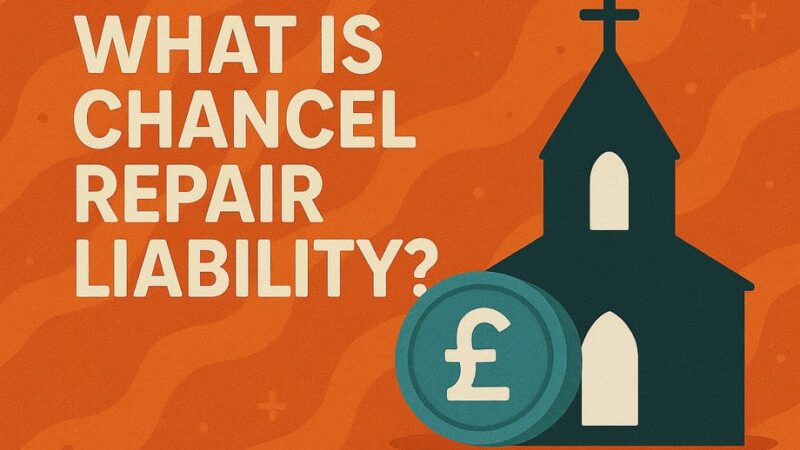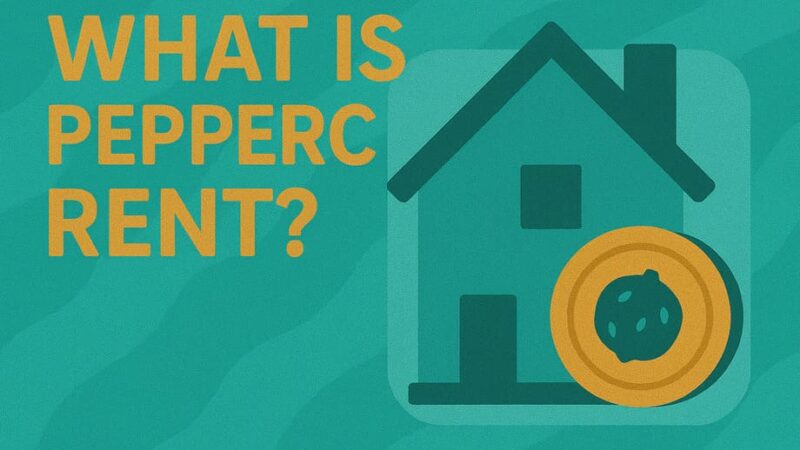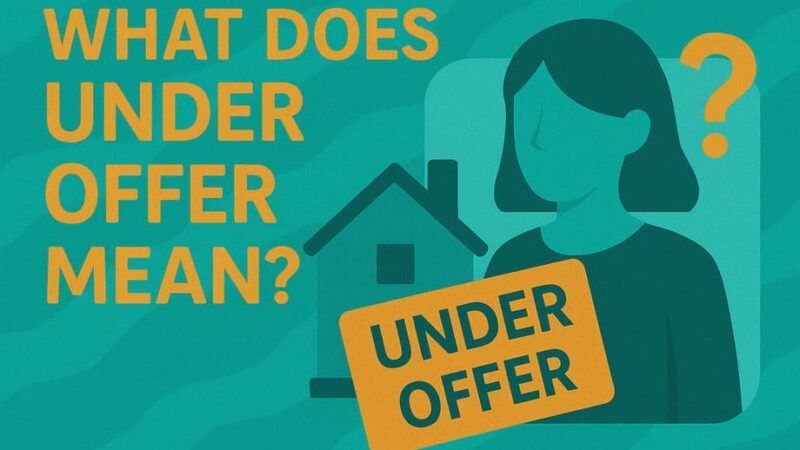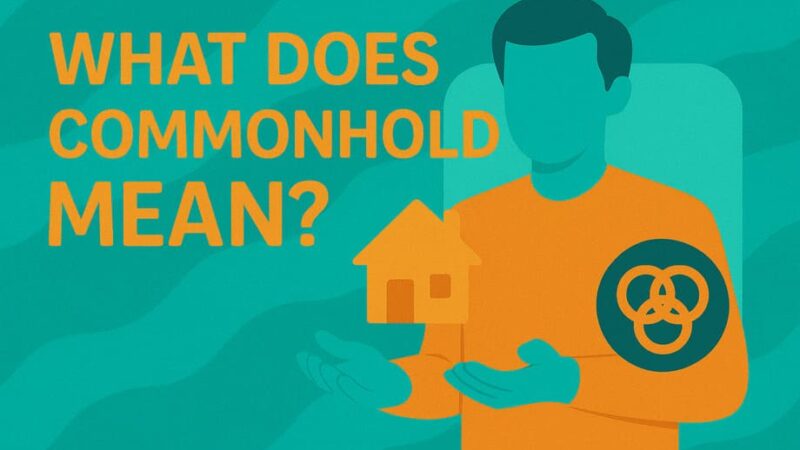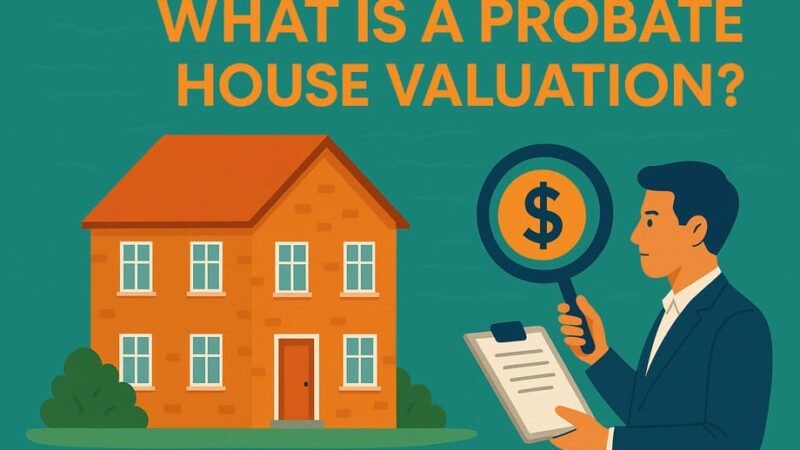The Complete Guide to Electrical Installation Condition Reports (EICR)
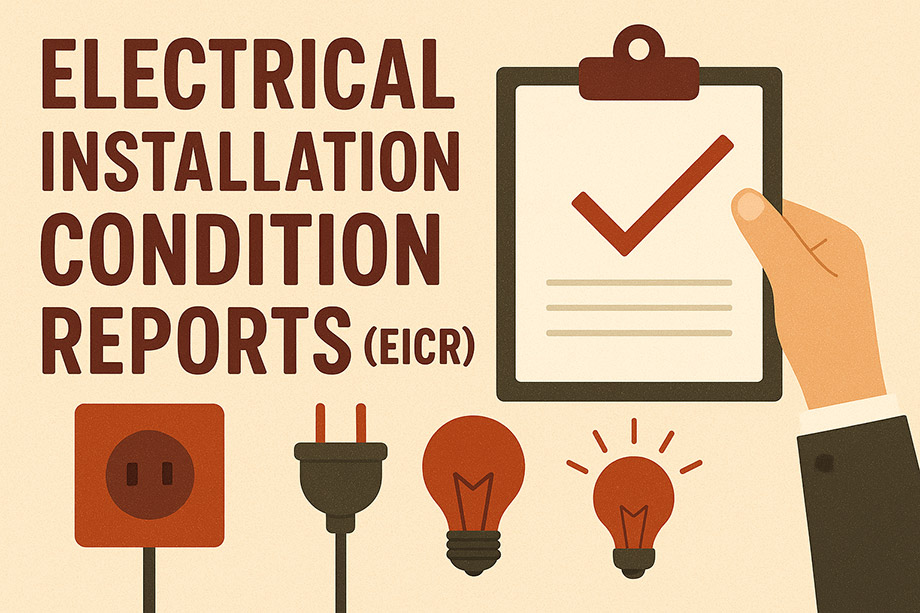
Electrical safety isn’t just about keeping the lights on – it’s about protecting lives, preserving property, and maintaining legal compliance. For property owners across the UK, the Electrical Installation Condition Report (EICR) has become a cornerstone of responsible property management, transforming from a recommended practice to a legal requirement that carries serious consequences if ignored.
Understanding the EICR: More Than Just a Certificate
An Electrical Installation Condition Report represents a comprehensive health check for your property’s electrical systems. Unlike a simple visual inspection, an EICR involves thorough testing and assessment of all electrical installations, from the consumer unit (fuse box) to the final socket outlet.
The report serves multiple critical functions. It identifies immediate dangers that could cause fire, shock, or electrocution. It highlights deterioration that could lead to future problems. Most importantly, it provides a roadmap for maintaining electrical safety standards that protect both occupants and property owners from devastating consequences.
The process involves qualified electricians conducting both visual examinations and electrical testing using specialised equipment. They examine wiring systems, protective devices, earthing arrangements, and all fixed electrical equipment to ensure everything meets current safety standards.
The Legal Landscape: Understanding Your Obligations
The legal requirements surrounding EICRs have evolved significantly, creating a complex web of obligations that vary across different property types and UK regions. Understanding these requirements isn’t just about compliance – it’s about protecting yourself from potentially devastating legal and financial consequences.
Residential Rental Properties
Since July 2020 in England, private landlords have faced stringent legal requirements regarding electrical safety. Every residential rental property must undergo electrical inspection and testing at intervals not exceeding five years. This applies to all new tenancies from July 2020 and existing tenancies from April 2021.
The consequences of non-compliance are severe. Local authorities can impose penalties up to £30,000 for failures to comply with electrical safety standards. More critically, insurance claims may be rejected if electrical incidents occur in properties without valid EICRs, potentially leaving landlords facing unlimited liability.
Scotland implemented similar requirements slightly earlier, while Wales has adopted these standards for new tenancies. Northern Ireland, though not yet legally mandating EICRs, strongly recommends them as the preferred method for ensuring electrical safety compliance.
Commercial and Industrial Properties
Commercial property owners face different but equally important obligations. While not always legally mandated, EICRs for commercial premises demonstrate due diligence under health and safety legislation. Insurance companies increasingly require evidence of electrical safety compliance, making EICRs practically essential regardless of strict legal requirements.
Industrial facilities often face more frequent testing requirements due to harsh operating conditions and higher electrical loads. The frequency of inspections may need to be increased based on the environment and usage patterns.
Decoding EICR Classifications: Understanding the Risk Codes
The EICR classification system provides a standardised way to communicate electrical safety issues, but understanding these codes is crucial for property owners to respond appropriately.
Code C1: Immediate Danger
C1 classifications indicate danger is present and immediate remedial action is required. These are the most serious findings, typically involving exposed live conductors, missing protective devices, or installations that pose immediate risk of fire or electrocution. Properties with C1 issues cannot be safely occupied until remedial work is completed.
Common C1 issues include damaged consumer units with exposed live parts, missing earth connections on metal fixtures, or cables with damaged insulation exposing live conductors. These problems require immediate attention from qualified electricians and cannot be delayed.
Code C2: Potentially Dangerous
C2 classifications indicate potentially dangerous conditions where urgent remedial action is required. While not immediately life-threatening, these issues could become dangerous under certain circumstances or if they deteriorate further.
Examples include outdated wiring systems that don’t meet current standards, overloaded circuits, inadequate earthing arrangements, or protective devices that may not operate correctly under fault conditions. C2 issues typically need addressing within a reasonable timeframe, usually weeks rather than months.
Code C3: Improvement Recommended
C3 classifications highlight areas where improvements are recommended to enhance safety, though the installation currently meets minimum safety requirements. These might include outdated accessories that function correctly but could be upgraded, or installations that would benefit from modern protective devices.
While C3 issues don’t prevent property occupation, addressing them demonstrates commitment to maintaining high safety standards and may prevent future problems from developing.
The EICR Process: What to Expect During Inspection
Understanding the EICR process helps property owners prepare effectively and ensures they receive comprehensive service from their chosen electrician.
Pre-Inspection Preparation
Successful EICR completion requires proper preparation. Ensure all areas containing electrical installations are accessible, including meter cupboards, distribution boards, and areas where cables run. Remove stored items that might obstruct access to electrical equipment.
Notify tenants well in advance about the inspection, explaining that electricity supply may be temporarily interrupted during testing. Some tests require circuits to be switched off, so occupants should be prepared for brief power interruptions.
The Inspection Process
Qualified electricians begin with visual examinations, checking for obvious signs of damage, deterioration, or non-compliance with current standards. This includes examining consumer units, switches, sockets, light fittings, and visible cable runs.
Testing procedures follow visual inspection, involving measurements of earthing arrangements, insulation resistance, polarity verification, and protective device operation. Modern testing equipment provides precise measurements that reveal problems invisible to casual inspection.
The process typically takes several hours, depending on property size and complexity. Larger properties or those with multiple electrical circuits require more extensive testing and longer inspection times.
Documentation and Reporting
Upon completion, electricians provide detailed reports documenting all findings, test results, and recommendations. The report includes circuit diagrams, test measurements, and clear explanations of any defects discovered.
Property owners receive certificates confirming the inspection date, next inspection due date, and overall assessment of electrical installation safety. This documentation becomes crucial evidence of electrical safety compliance.
Choosing the Right Professional: Qualifications and Credentials
Selecting appropriate professionals for EICR work directly impacts the quality and legal validity of your electrical safety certification.
Essential Qualifications
EICR inspection must be conducted by electricians with appropriate qualifications and competence. Look for professionals holding recognised electrical qualifications such as City & Guilds 2391 (Initial Verification and Certification of Electrical Installations) or equivalent.
Membership of recognised professional bodies like NAPIT, NICEIC, or SELECT provides additional assurance of competence and ongoing professional development. These organisations maintain registers of qualified electricians and provide consumer protection through insurance schemes.
Assessing Competence and Experience
Experience with EICR work specifically is crucial, as this requires different skills from general electrical installation work. Ask potential electricians about their EICR experience, typical inspection procedures, and familiarity with current regulations.
Request examples of previous EICR reports to assess the quality and thoroughness of their documentation. Professional reports should be comprehensive, clearly written, and include all required technical information.
Insurance and Professional Indemnity
Ensure chosen electricians carry appropriate public liability insurance and professional indemnity coverage. This protects property owners if errors in EICR work lead to problems or if accidents occur during inspection.
Verify insurance coverage is current and adequate for the type of work being undertaken. Professional indemnity insurance is particularly important as it covers errors in professional judgment that might not be apparent until later.
Cost Considerations and Value Assessment
EICR costs vary significantly based on property size, complexity, and location, but understanding these factors helps property owners budget appropriately and assess value for money.
Factors Affecting EICR Costs
Property size directly impacts inspection time and therefore cost. Small domestic properties might be inspected in a few hours, while large commercial premises could require days of work. The number of electrical circuits, distribution boards, and testing points all influence the total time required.
Location affects pricing, with London and other major cities typically commanding higher rates than rural areas. However, this often reflects the higher costs of doing business rather than necessarily indicating better service quality.
Complexity of electrical installations also impacts costs. Properties with older wiring systems, multiple distribution boards, or specialised equipment may require additional testing time and expertise.
Understanding Value Beyond Price
While cost is important, the cheapest option rarely provides the best value. Consider the comprehensiveness of inspection, quality of reporting, and ongoing support provided by different electricians.
Quality EICR work identifies problems before they become dangerous or expensive to rectify. Early identification of developing issues can save thousands in emergency repairs or damage caused by electrical failures.
Professional, detailed reporting provides valuable documentation for insurance purposes, property sales, and ongoing electrical safety management. Poor quality reports may not provide adequate legal protection if problems arise later.
Maintaining Electrical Safety Between Inspections
EICR certification represents a snapshot of electrical safety at the time of inspection, but ongoing vigilance is essential to maintain safety standards between formal inspections.
Regular Visual Checks
Property owners should conduct regular visual inspections of electrical installations, looking for signs of damage, overheating, or deterioration. Check for scorch marks around sockets, burning smells, or damaged cables that might indicate developing problems.
Pay particular attention to high-use areas like kitchens and bathrooms where electrical installations face more demanding conditions. Look for signs of moisture ingress, corrosion, or mechanical damage that could compromise safety.
Responding to Electrical Problems
Never ignore electrical problems, even if they seem minor. Flickering lights, tripping circuit breakers, or mild electric shocks all indicate potential safety issues requiring professional attention.
Arrange prompt investigation of any electrical concerns by qualified electricians. Early intervention often prevents minor problems from developing into dangerous conditions requiring extensive remedial work.
Tenant Education and Communication
For rental properties, educating tenants about electrical safety helps maintain standards between formal inspections. Provide guidance on safe electrical practices and encourage reporting of any concerns promptly.
Establish clear communication channels for tenants to report electrical problems without delay. Quick response to tenant concerns demonstrates commitment to safety and helps maintain good landlord-tenant relationships.
Future Considerations and Emerging Standards
The electrical safety landscape continues evolving, with new technologies, standards, and regulations affecting EICR requirements and procedures.
Technological Advances
Smart home technology, electric vehicle charging points, and renewable energy systems are changing electrical installation requirements. These new technologies may require additional testing procedures or more frequent inspections to ensure continued safety.
Advanced monitoring systems can provide ongoing electrical safety information between formal inspections, potentially changing how we approach electrical safety management in the future.
Regulatory Evolution
Electrical safety regulations continue developing in response to new technologies and emerging safety understanding. Property owners should stay informed about regulatory changes that might affect their obligations or alter EICR requirements.
Professional electricians should provide guidance on regulatory developments and their implications for specific properties. This ongoing professional relationship helps ensure continued compliance as standards evolve.
Conclusion: Investing in Safety and Peace of Mind
EICR certification represents much more than regulatory compliance – it’s an investment in safety, property protection, and peace of mind. The comprehensive assessment provided by professional electrical inspection identifies dangers, prevents problems, and demonstrates commitment to maintaining high safety standards.
For property owners, understanding EICR requirements, processes, and benefits enables informed decision-making about electrical safety management. Whether legally required or voluntarily undertaken, EICR certification provides invaluable assurance that electrical installations meet appropriate safety standards.
The cost of professional EICR inspection pales in comparison to the potential consequences of electrical failures – fire damage, injury claims, insurance complications, or legal penalties. By prioritising electrical safety through regular EICR certification, property owners protect not only their immediate interests but also contribute to the broader goal of eliminating electrical accidents and their devastating consequences.
In an increasingly complex regulatory environment, EICR certification provides clarity, assurance, and legal protection that makes it an essential component of responsible property management. The investment in professional electrical safety assessment delivers returns in safety, compliance, and peace of mind that extend far beyond the immediate cost of inspection.
Last Updated on July 23, 2025 by James Cartwright


